International platform for Sinology explores collaborative fusions in calligraphy in post-1949 Taiwan
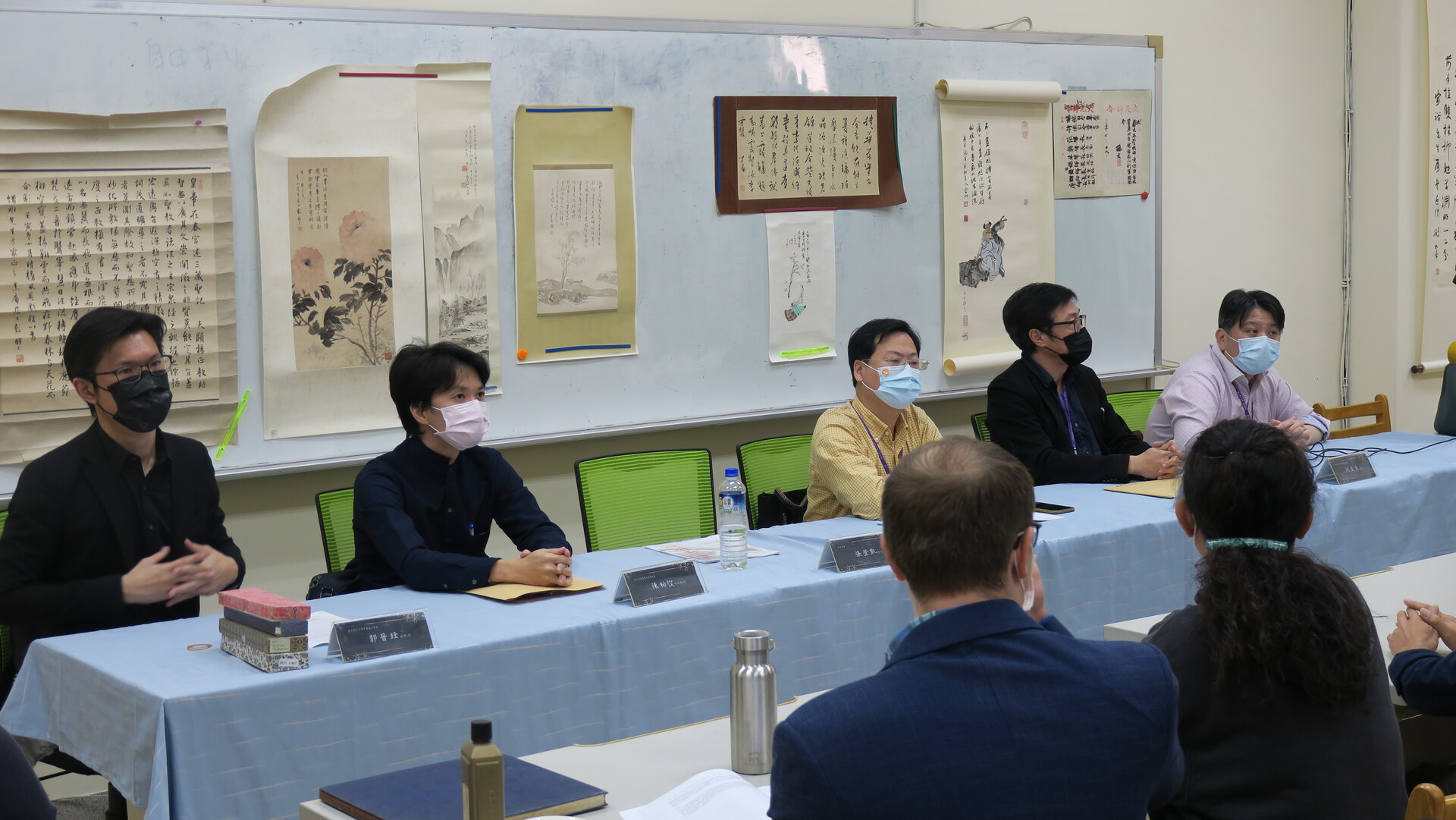
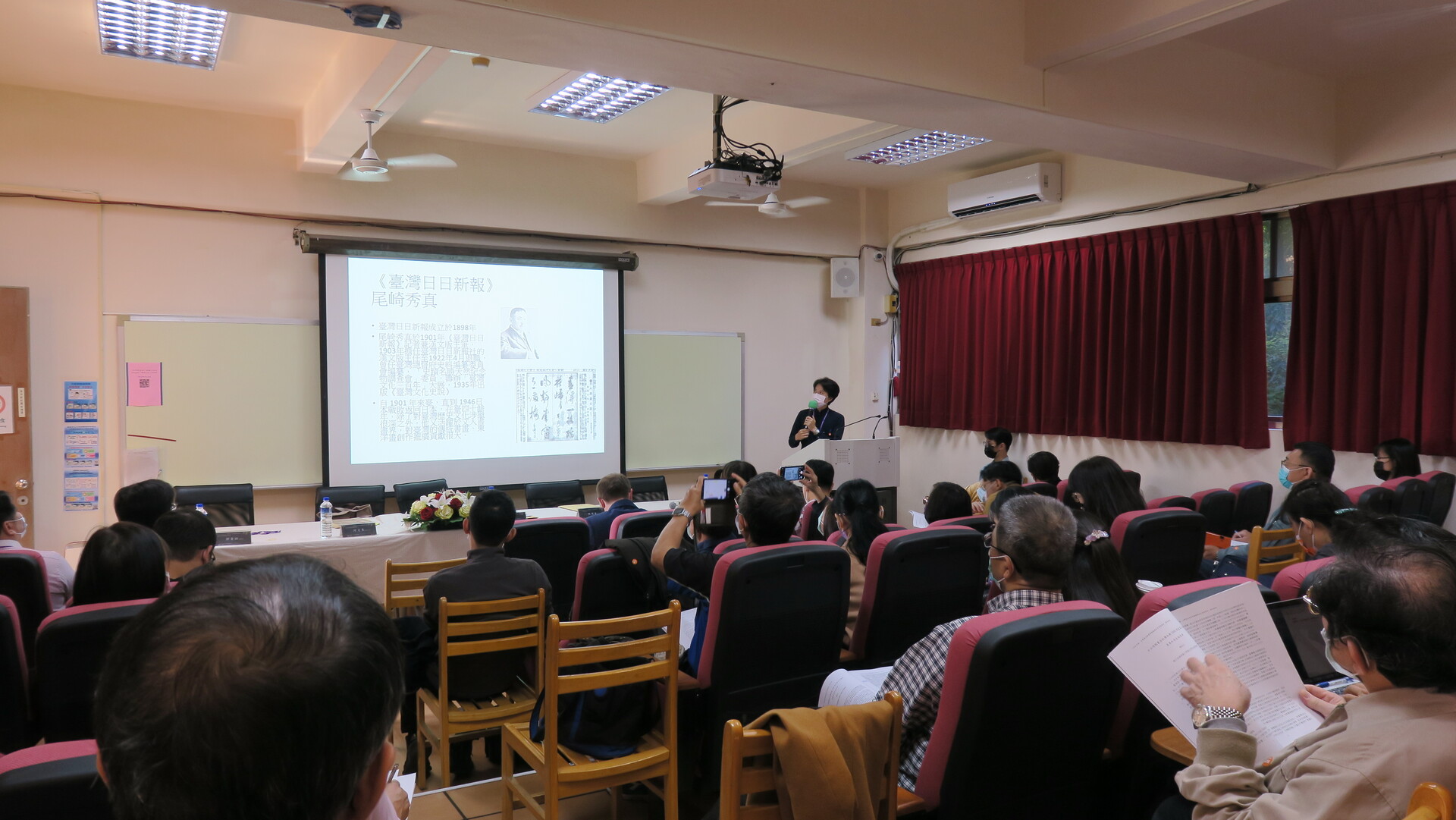
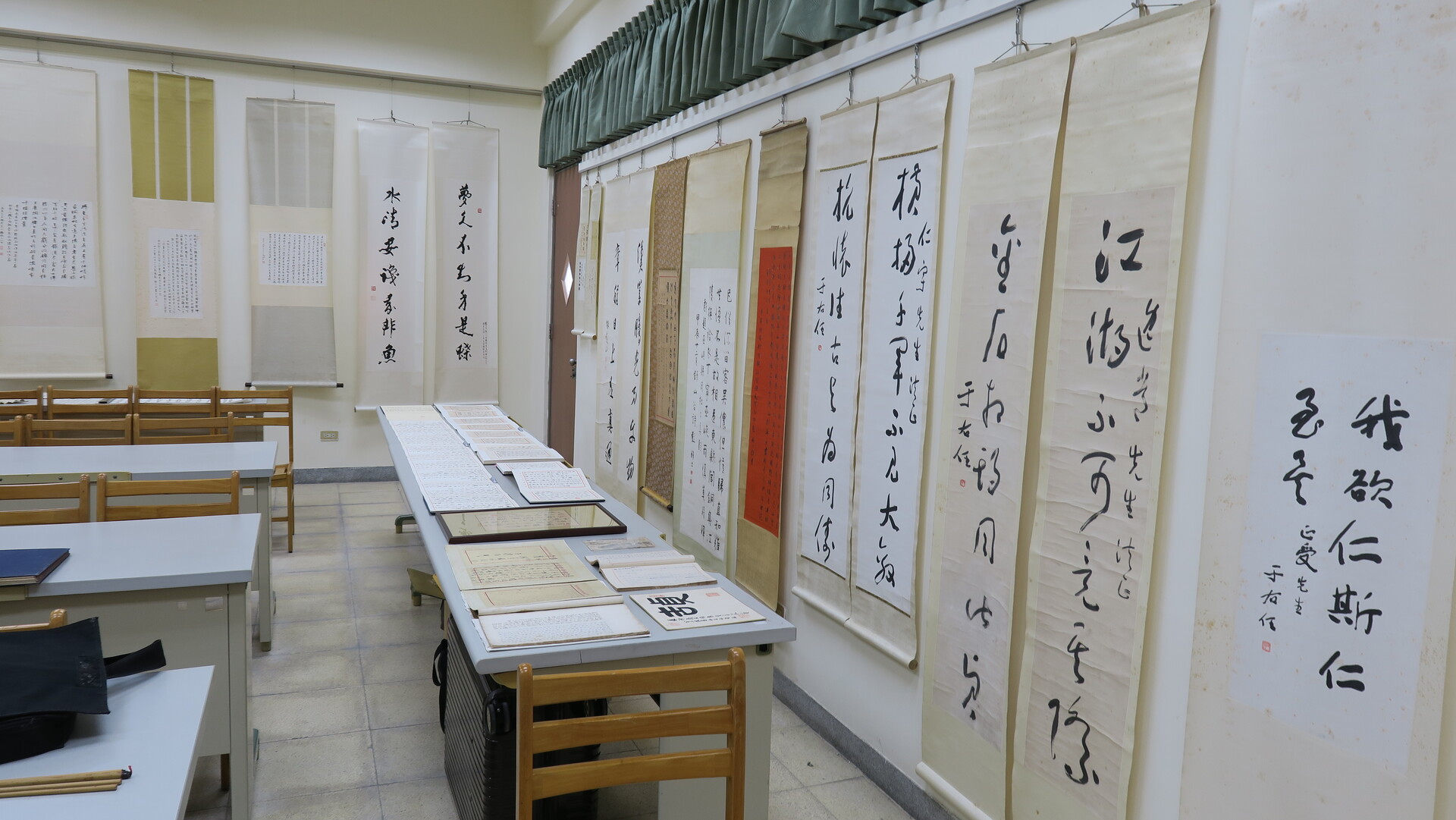
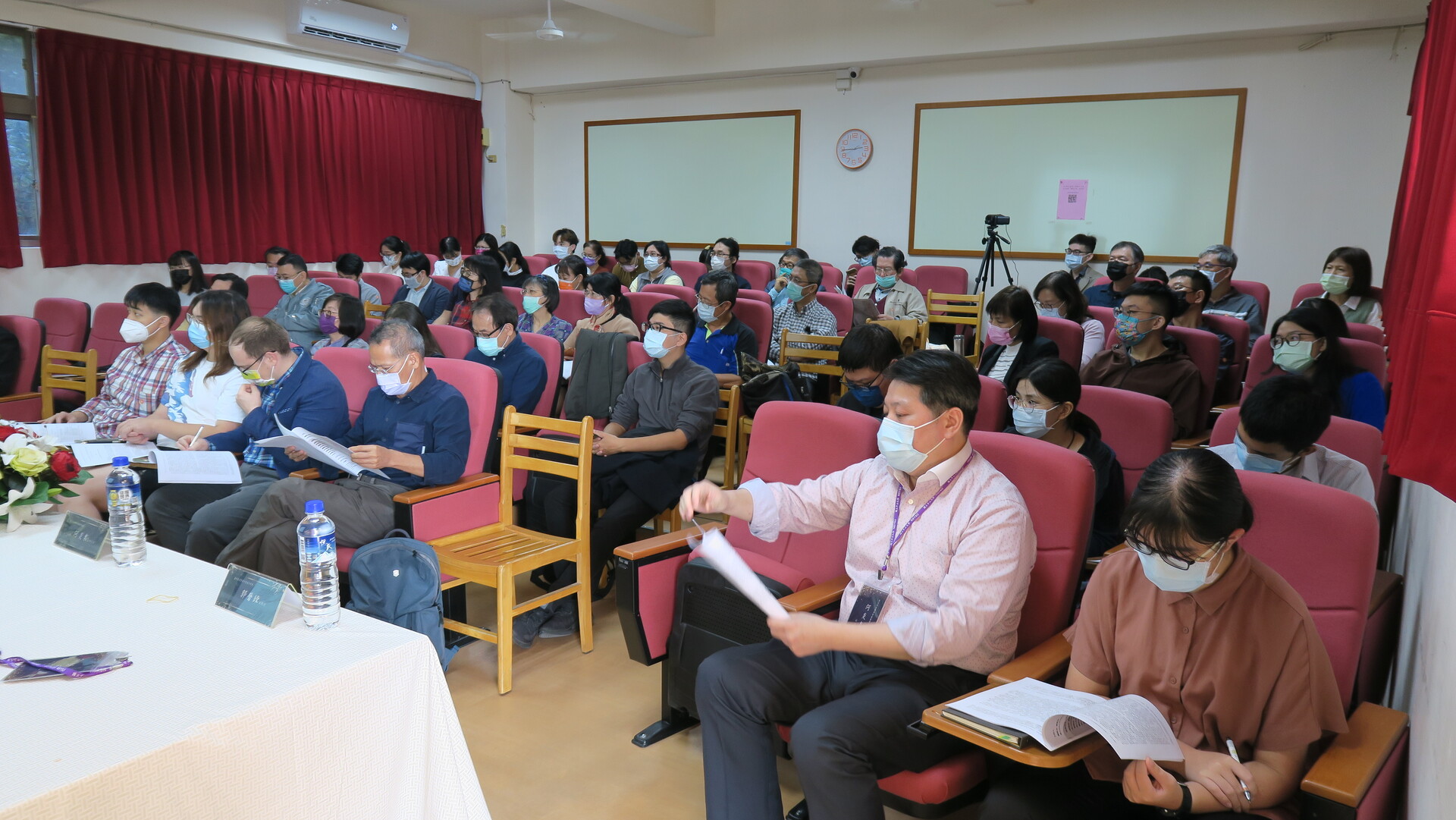
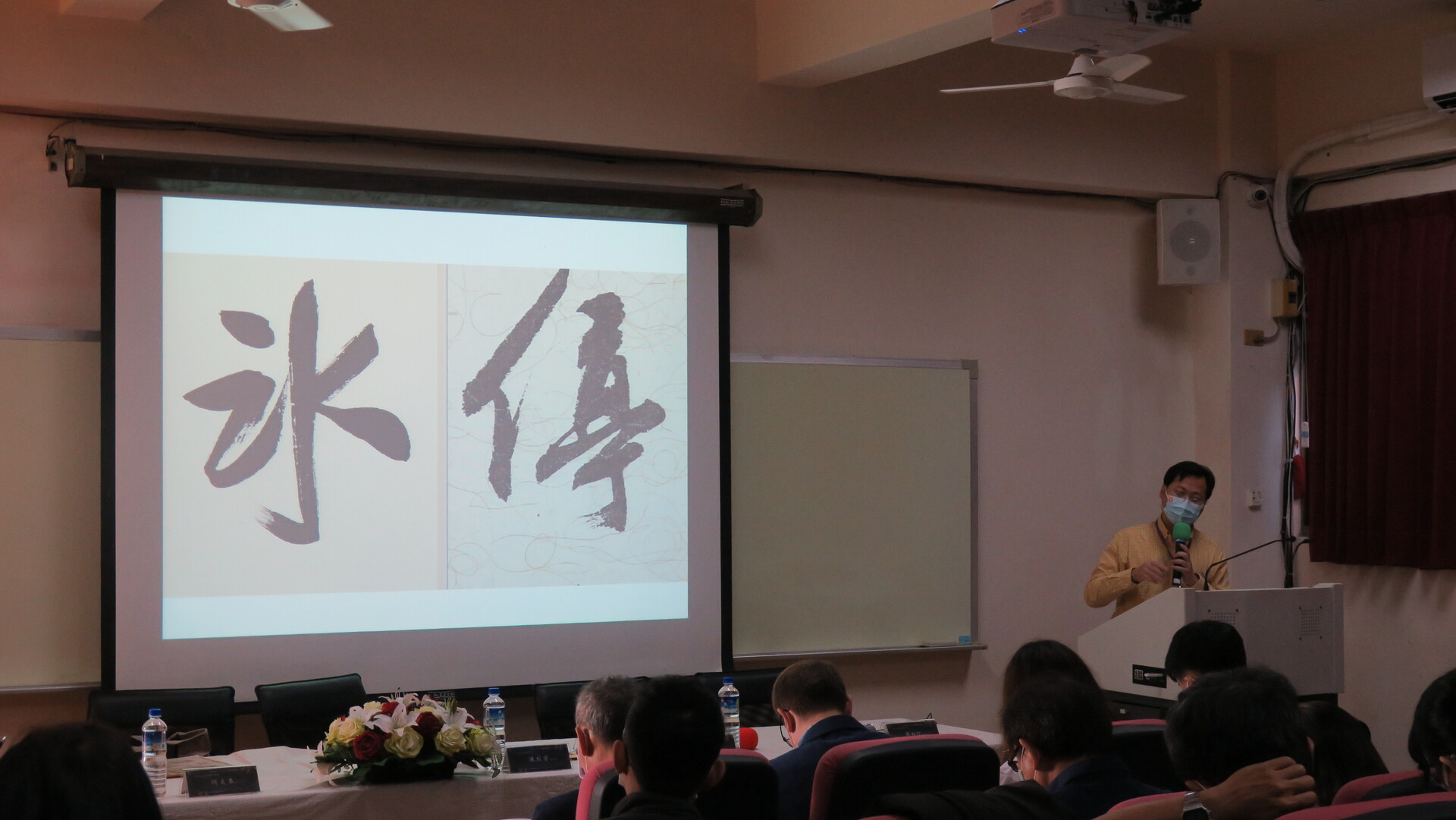
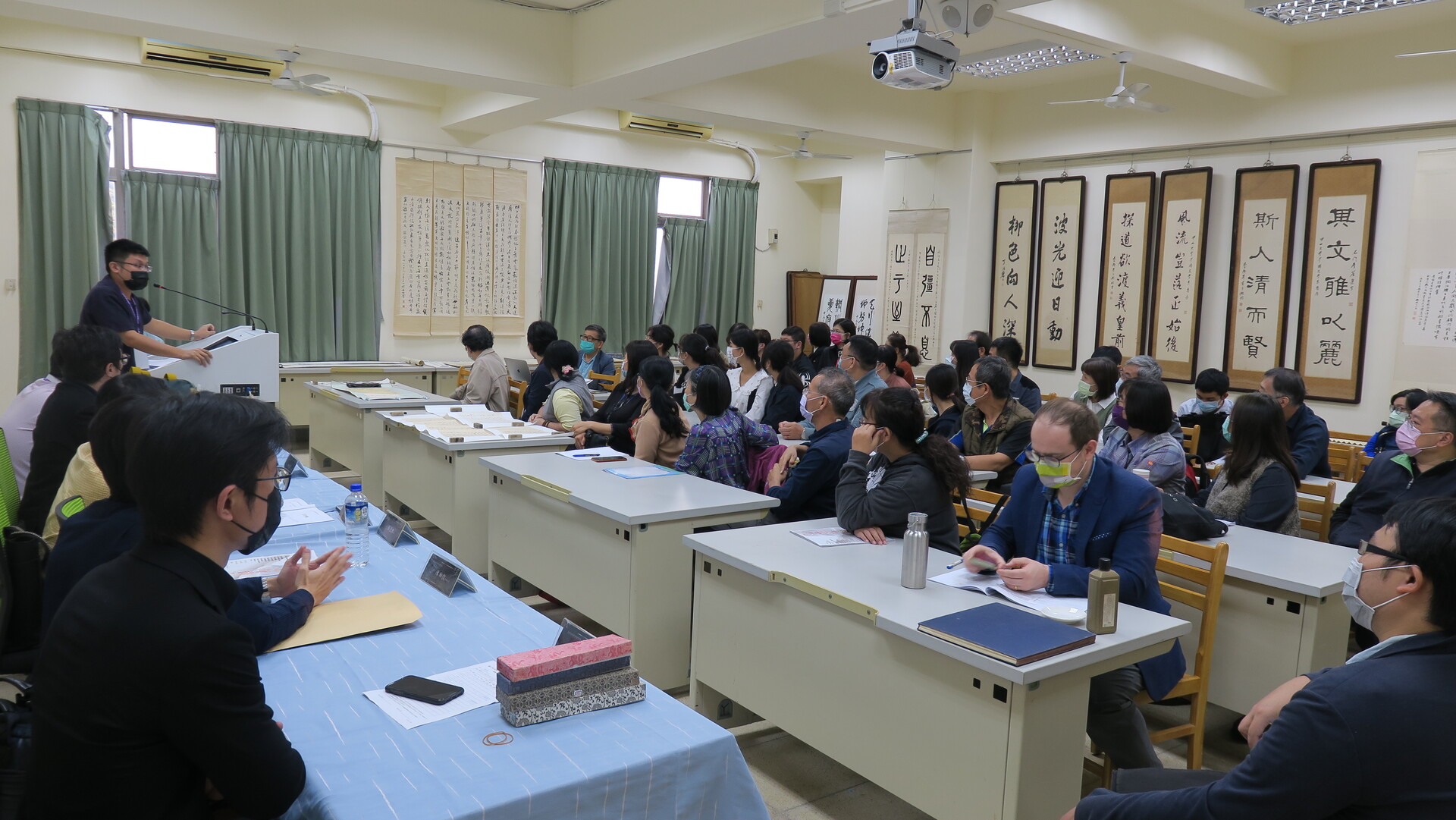
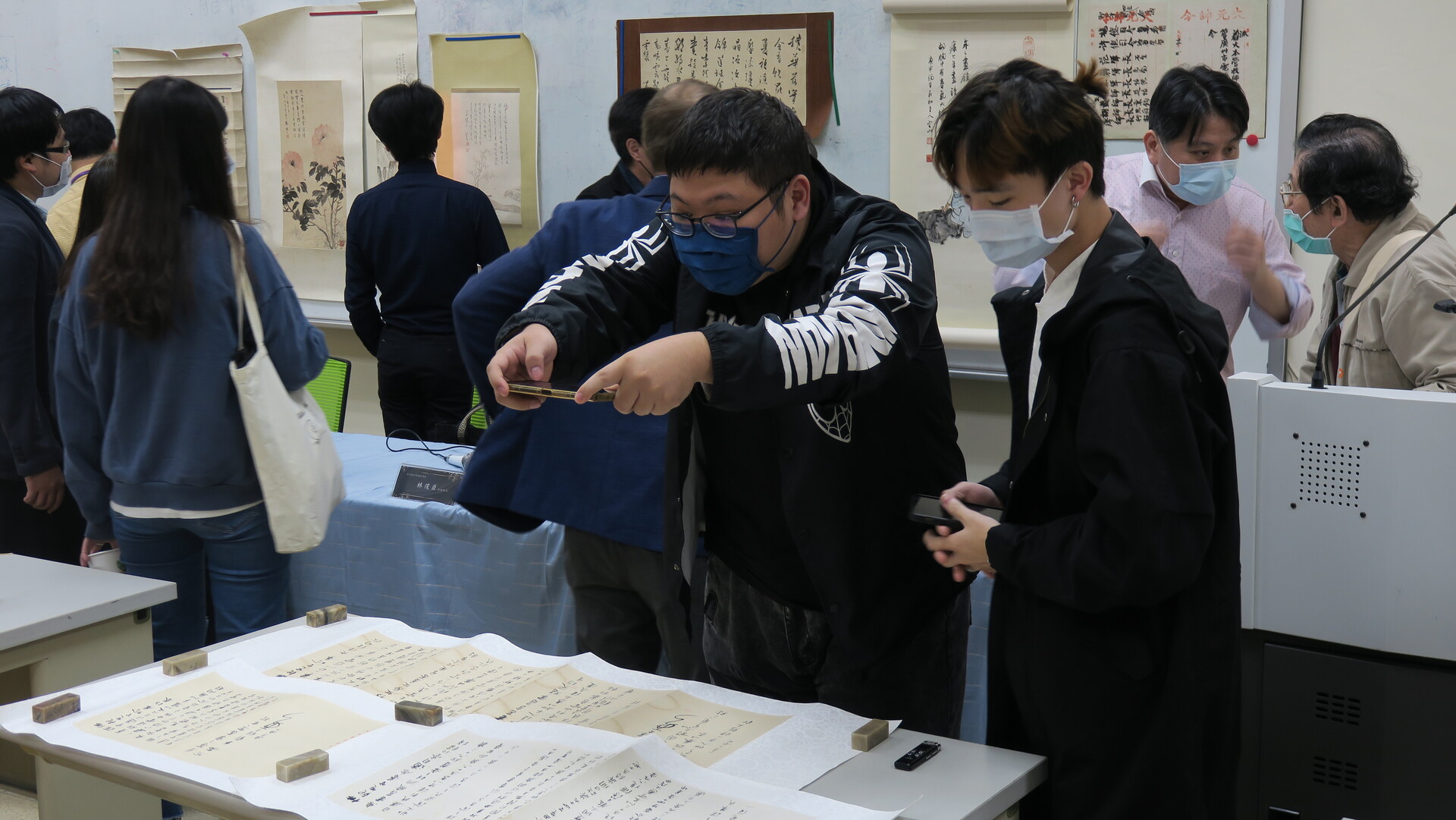
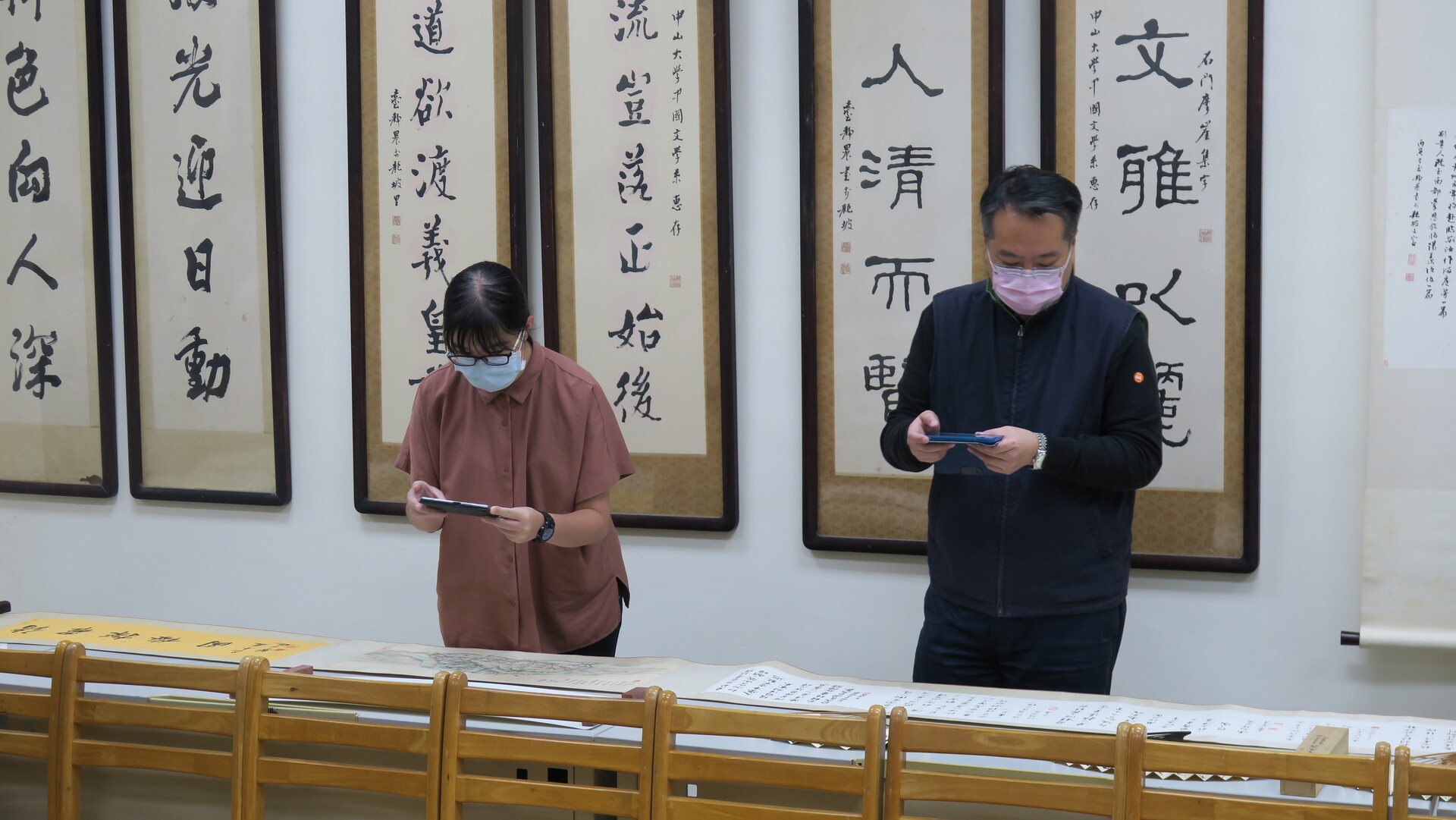
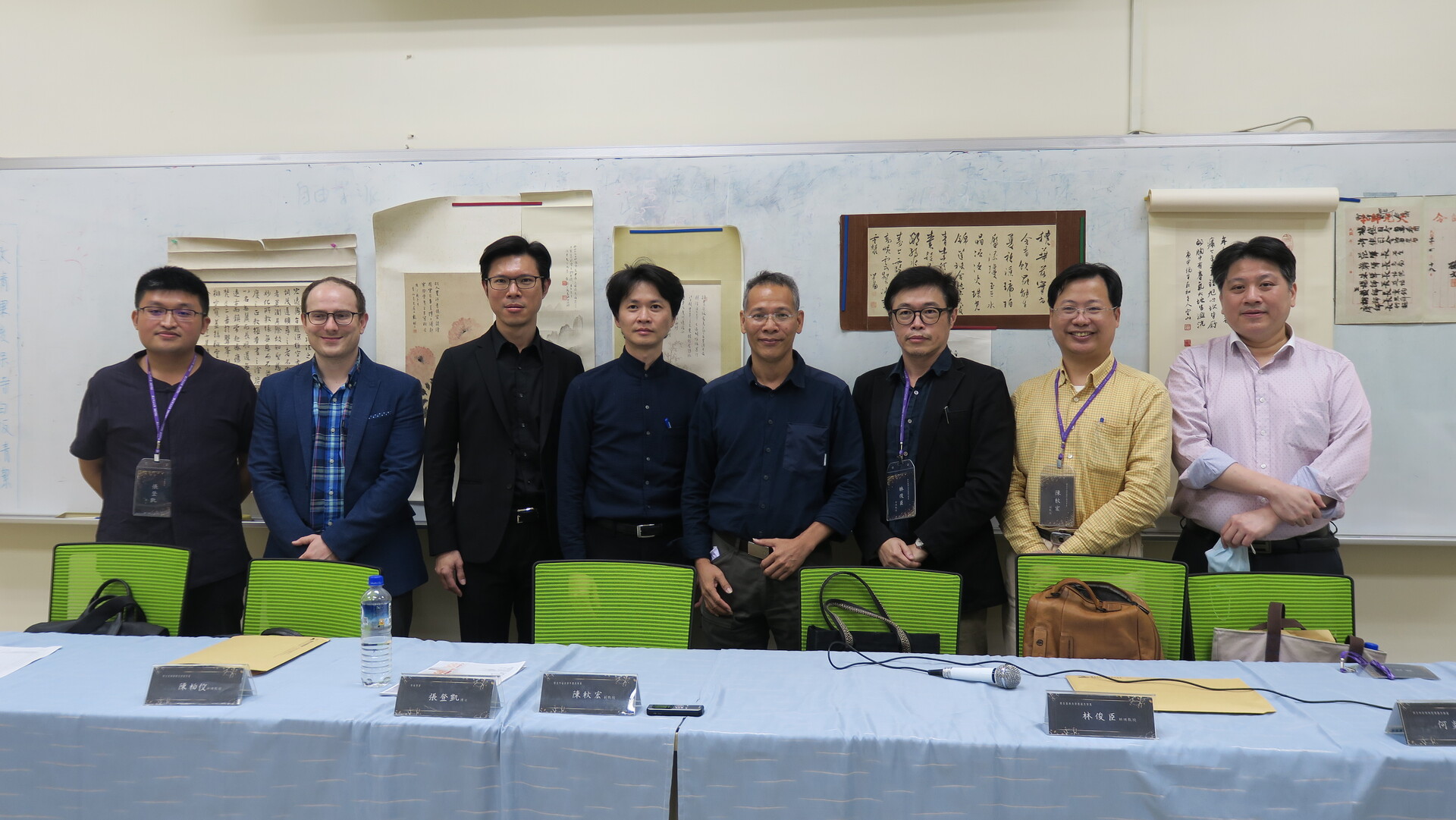
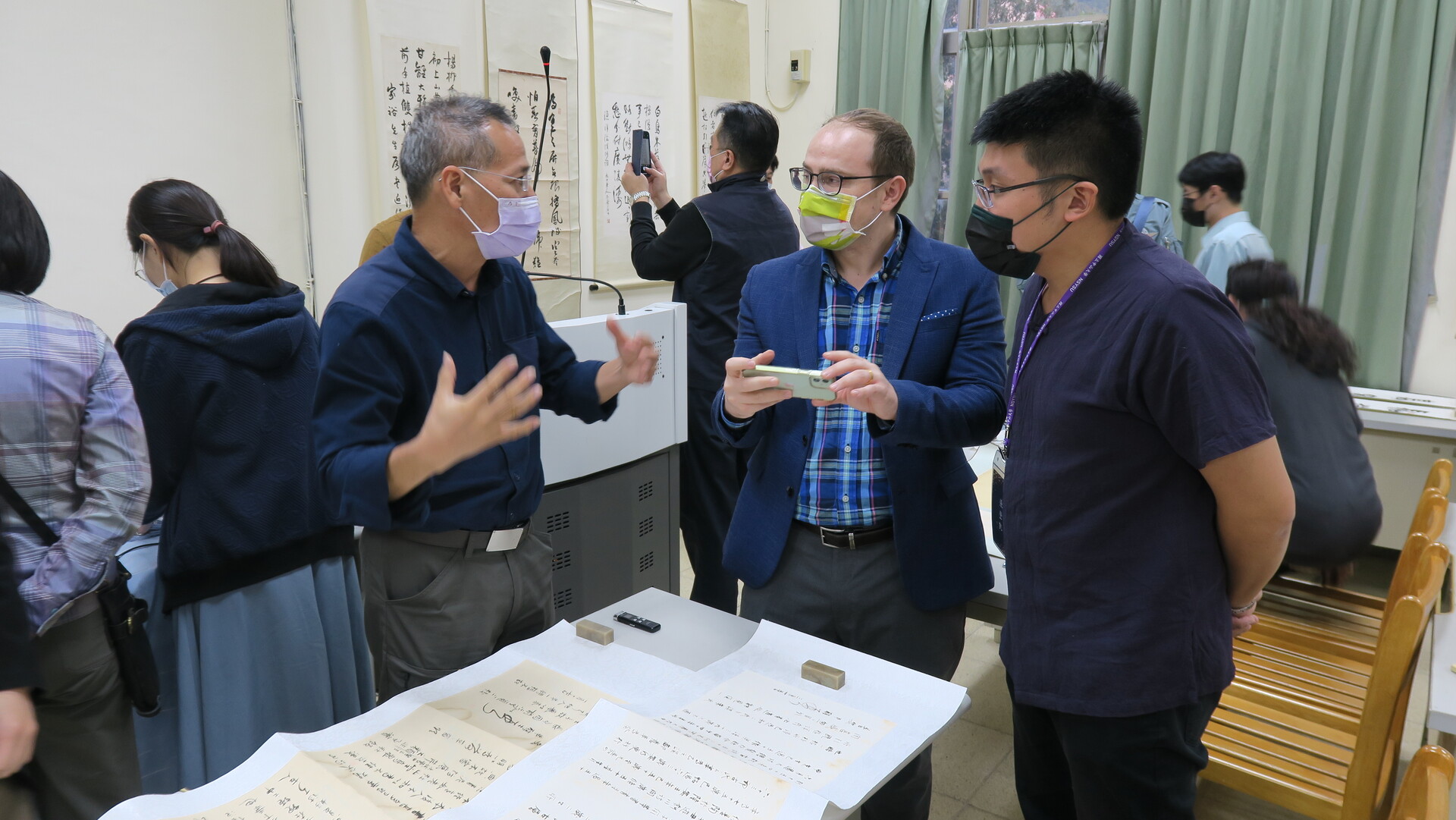
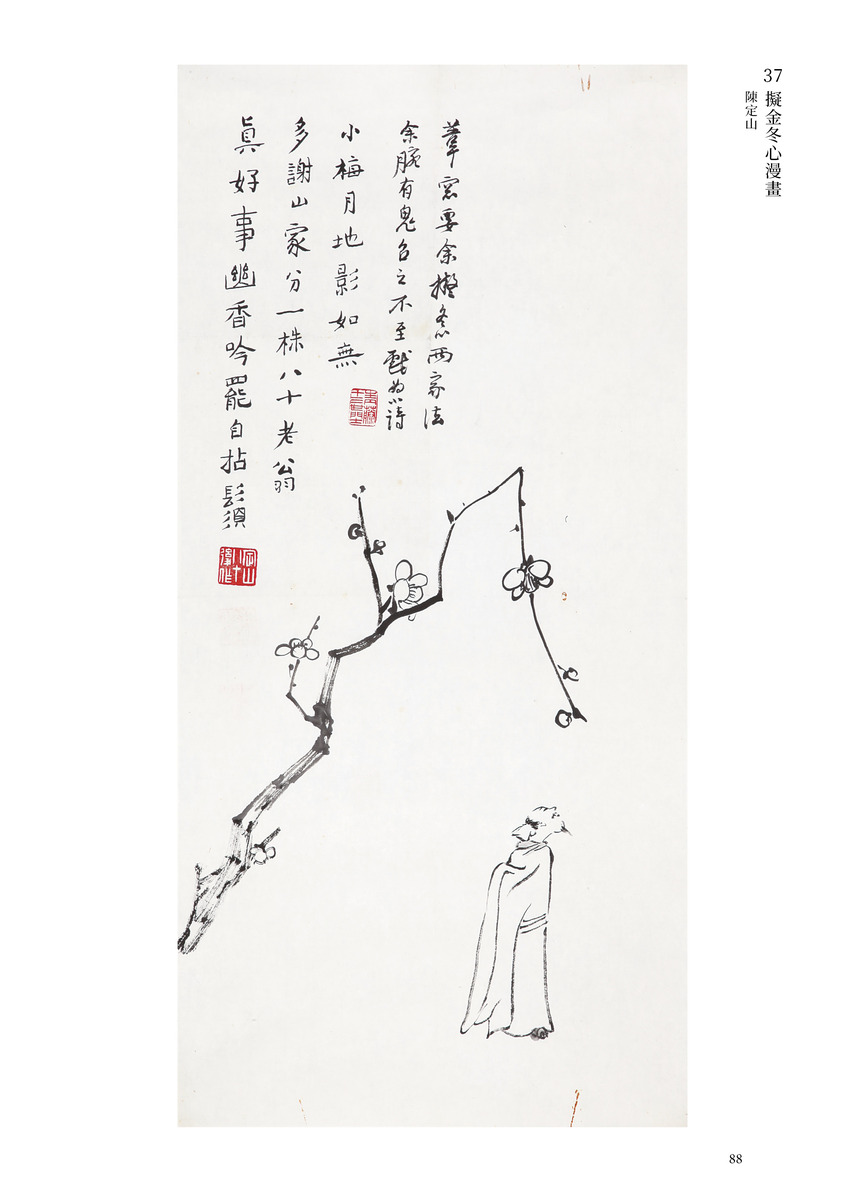
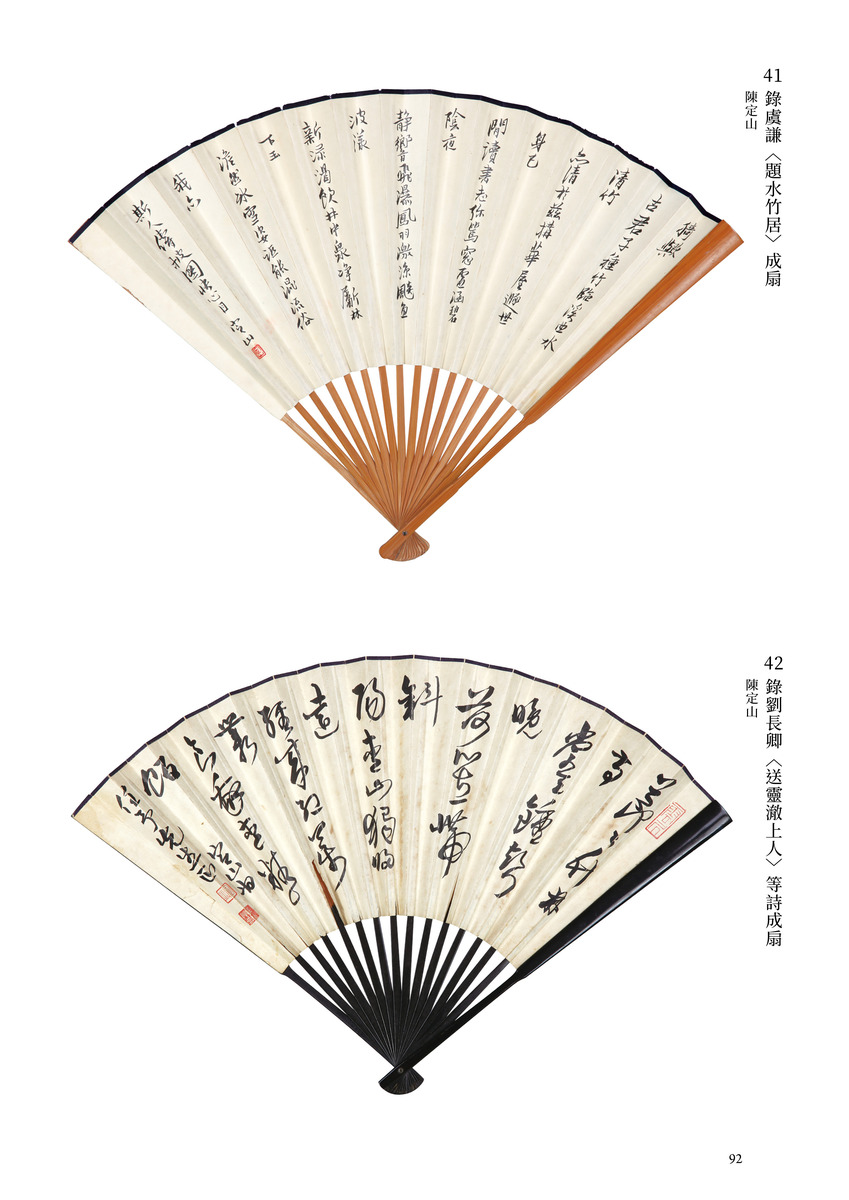
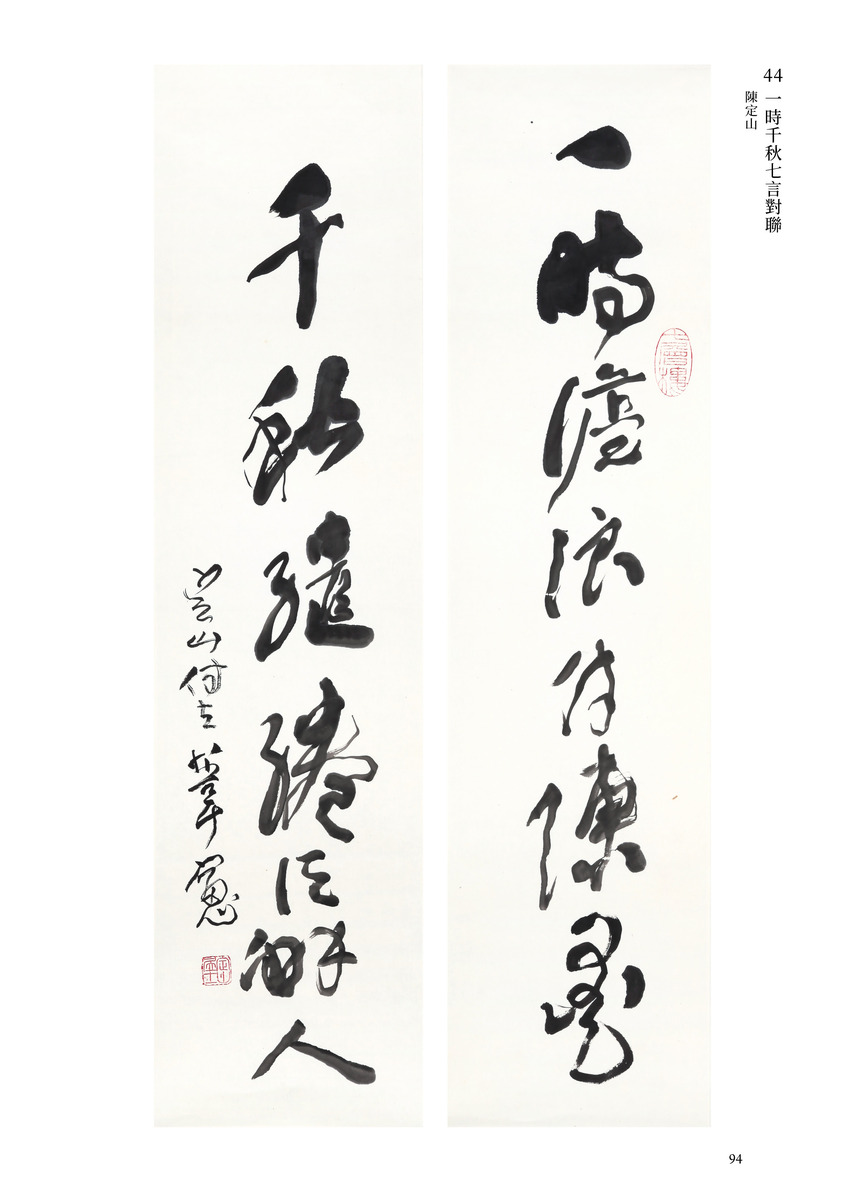
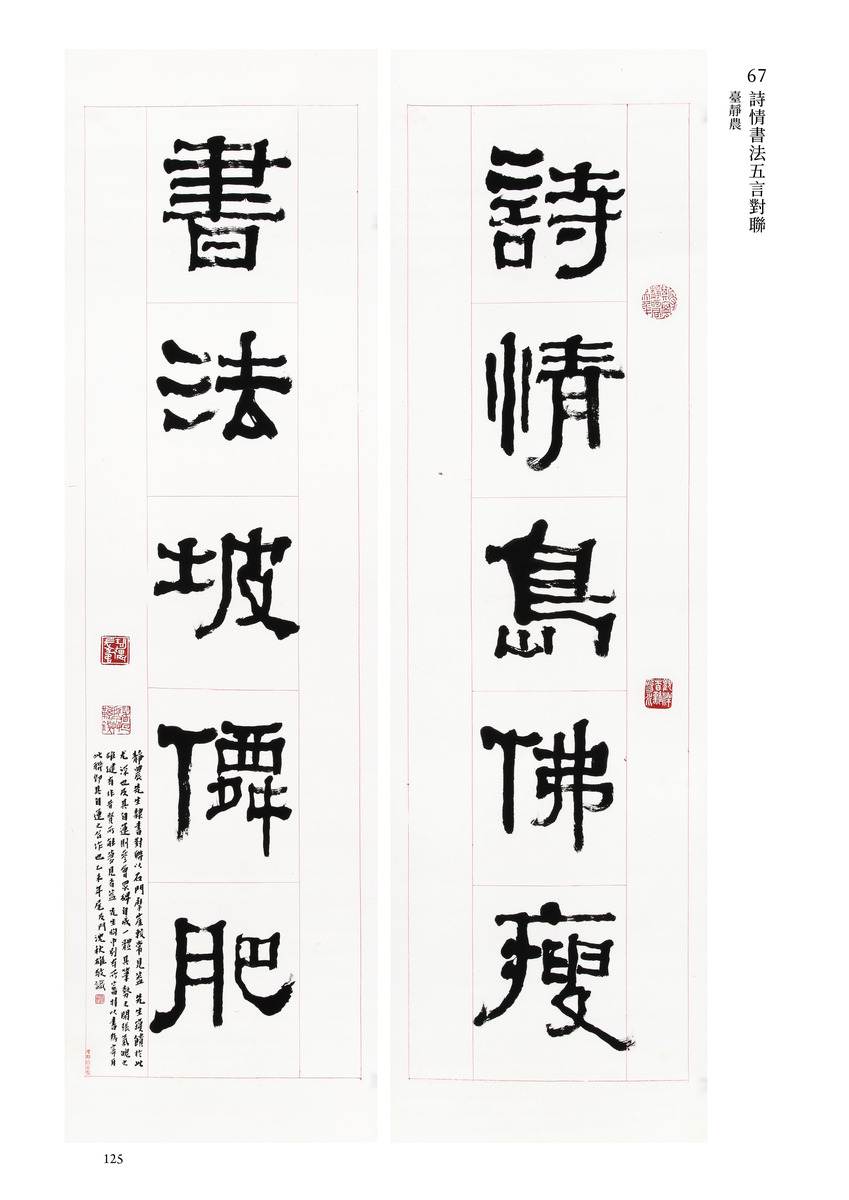
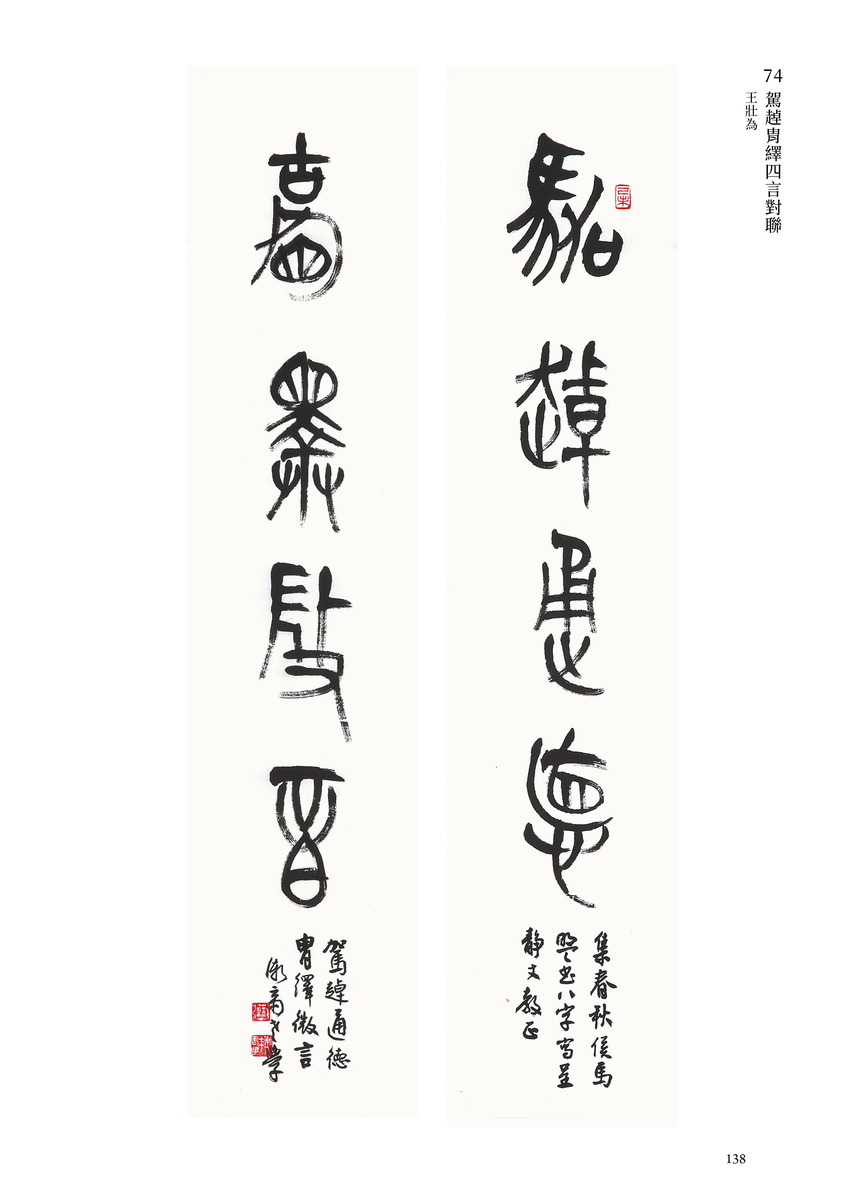
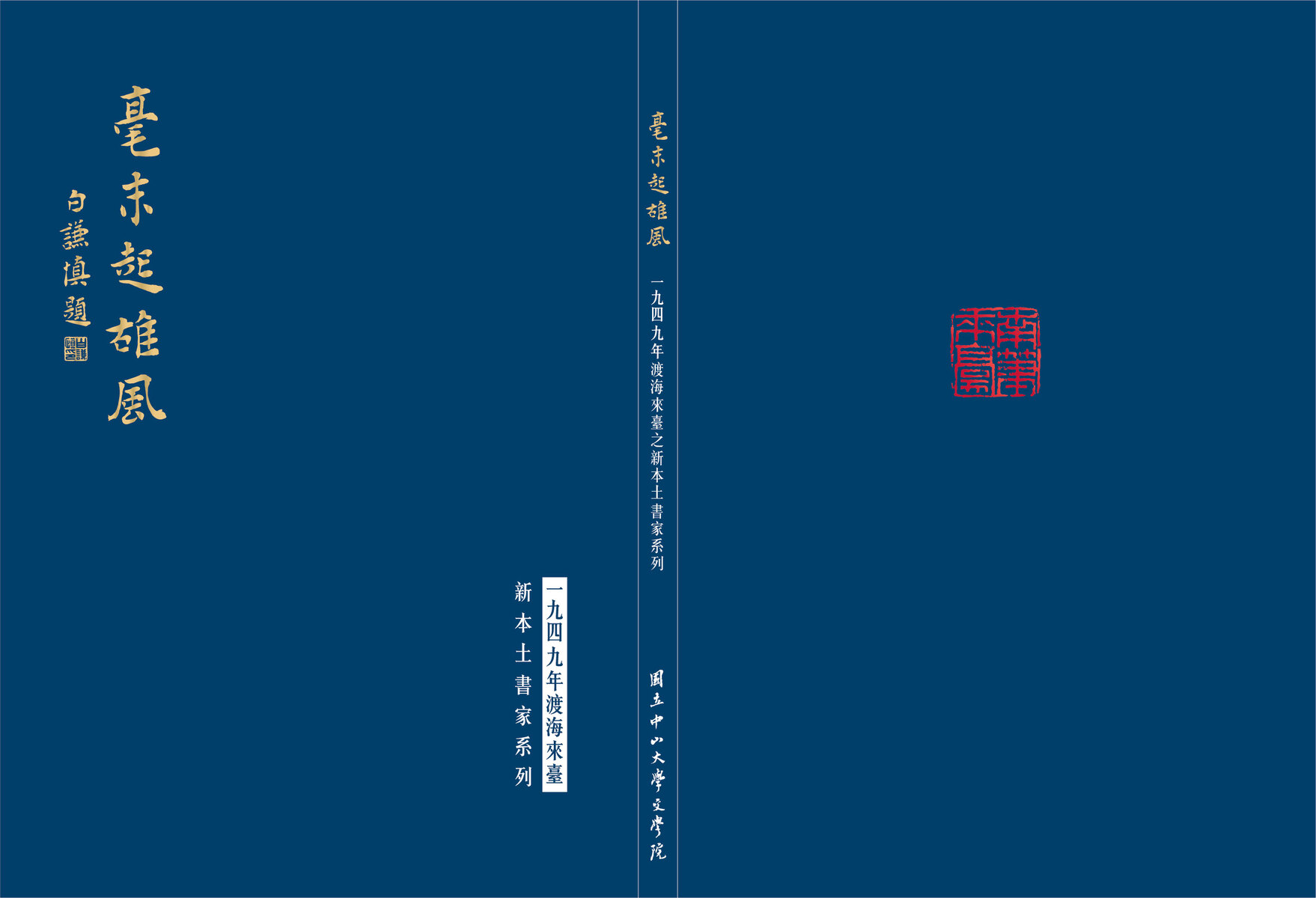
2022-01-18
(Provided by College of Liberal Arts) The Transcultural Sino-Island: The Global Sinology Forum at the College of Liberal Arts at National Sun Yat-sen University organized a series of symposia “Island Dialectics”, which started with a discussion on “The Age of Polyphony: Diversity and Symbiosis in Taiwan's Painting and Calligraphy after 1949”. This symposium was jointly organized by Associate Professor Chiu-Hung Chen of the Department of Chinese Literature and Assistant Professor Chun-Chen Lin of the Department of Chinese Language and Literature at the National University of Tainan, who invited 4 scholars to gather at NSYSU: Associate Researcher Yen-Chuan Ho at the Department of Painting, Calligraphy, and Documents of National Palace Museum, Associate Professor Chin-Chuan Kuo of the Department of Chinese Language and Literature at the University of Taipei, Assistant Professor Po-Wen Chen of the Department of Chinese of National Kaohsiung Normal University, and non-affiliated scholar Teng-Kai Chang, as well as attracted students and calligraphy enthusiasts to participate.
The first part of the event was a symposium on calligraphy, which focused on five major themes in Taiwanese calligraphy. First, from the perspective of different times, the symposium explored the influence and cultural fusion of Taiwan's calligraphy, which was influenced by many calligraphers who arrived to Taiwan from Fujian Province during the Qing Dynasty, modern Japanese calligraphy education, and the elite calligraphers from Mainland China who moved to Taiwan after 1949. Then, the symposium explored the perspective of the different generations of calligraphers who moved to Taiwan from China – Yu Youren, Jingnong Tai, and Chao-Shen Chiang, and local Taiwanese calligraphers, who on the one hand continued the spirit of the first years of the Republic, and on the other hand, fused personal experiences into calligraphic works. Taking the example of Yu Youren and Shen Yinmo, the scholars discussed the development of the differences in the political and cultural background on both sides of the Taiwan Strait, and how they were reflected in the arts. In addition, they also introduced the role Taiwan’s calligraphy clubs (be they formal or informal) played in passing on calligraphic experience and promoting calligraphy and how they deepened the influence of calligraphers that immigrated from the Mainland on local Taiwanese calligraphers, presenting the significance of cultural symbiosis. Finally, the symposium considered how calligraphic theory can continue to disseminate the calligraphic tradition and contribute to the exchange of calligraphers’ communities in the contemporary context and in the context of generational transformation.
Professor Chin-Chuan Kuo said that the topic of this symposium has a high reference value and is worth further exploration. Researcher Yen-Chuan Ho said that the calligraphic resources that Taiwan possesses represent an important dimension of Chinese civilization and deserve to be put to good use. Professor Po-Wen Chen believes that Taiwan has always been an important hub for the propagation of calligraphy, and recognized this symposium as a calligraphic gathering of the utmost importance in southern Taiwan. Professor Chun-Chen Lin believes that the event is a meaningful way for scholars from different academic backgrounds to meet, discuss and complement each other's ideas without barriers. The moderator, Professor Chiu-Hung Chen, concluded that the exchange was a very fruitful one as it brought many sparks and collisions in the discussion on academic issues.
The second half of the event was dedicated to the appreciation of calligraphic work. Professor Chun-Chen Lin, together with Dr. Teng-Kai Chang, lent more than 70 pieces of artwork by calligraphers that moved to Taiwan for display in the event venue. Dr. Chang introduced each piece of artwork, the literary interaction around it, artistic growth, and historical value. The exhibits included standard cursive calligraphy and manuscripts by Yu Youren, paintings, and calligraphy by Pu Xinyu, a relative of Puyi, the last emperor of the Qing Dynasty, works by Professor Jingnong Tai, displayed at National Taiwan University for the artist’s 120th birthday, as well as works by famous literati calligraphers who came to Taiwan from China, such as Chun-Shi Peng, Ding-Shan Chen, Tai-Shi Liu, and Chuang-Wei Wang, a master of calligraphy and seal script. Professor Rur-Bin Yang lent his personal collection of the ink works of the Founding Father of the Republic of China Dr. Sun Yat-sen – the patron of National Sun Yat-sen University, where the event was held. Researcher Yen-Chuan Ho of the National Palace Museum said that the collection gathered in the venue was comparable to a museum exhibition. The participants could take a close look at the artworks and the style of calligraphers who immigrated to Taiwan from China.
(Edited by Public Affairs Division)
(Provided by College of Liberal Arts) The Transcultural Sino-Island: The Global Sinology Forum at the College of Liberal Arts at National Sun Yat-sen University organized a series of symposia “Island Dialectics”, which started with a discussion on “The Age of Polyphony: Diversity and Symbiosis in Taiwan's Painting and Calligraphy after 1949”. This symposium was jointly organized by Associate Professor Chiu-Hung Chen of the Department of Chinese Literature and Assistant Professor Chun-Chen Lin of the Department of Chinese Language and Literature at the National University of Tainan, who invited 4 scholars to gather at NSYSU: Associate Researcher Yen-Chuan Ho at the Department of Painting, Calligraphy, and Documents of National Palace Museum, Associate Professor Chin-Chuan Kuo of the Department of Chinese Language and Literature at the University of Taipei, Assistant Professor Po-Wen Chen of the Department of Chinese of National Kaohsiung Normal University, and non-affiliated scholar Teng-Kai Chang, as well as attracted students and calligraphy enthusiasts to participate.
The first part of the event was a symposium on calligraphy, which focused on five major themes in Taiwanese calligraphy. First, from the perspective of different times, the symposium explored the influence and cultural fusion of Taiwan's calligraphy, which was influenced by many calligraphers who arrived to Taiwan from Fujian Province during the Qing Dynasty, modern Japanese calligraphy education, and the elite calligraphers from Mainland China who moved to Taiwan after 1949. Then, the symposium explored the perspective of the different generations of calligraphers who moved to Taiwan from China – Yu Youren, Jingnong Tai, and Chao-Shen Chiang, and local Taiwanese calligraphers, who on the one hand continued the spirit of the first years of the Republic, and on the other hand, fused personal experiences into calligraphic works. Taking the example of Yu Youren and Shen Yinmo, the scholars discussed the development of the differences in the political and cultural background on both sides of the Taiwan Strait, and how they were reflected in the arts. In addition, they also introduced the role Taiwan’s calligraphy clubs (be they formal or informal) played in passing on calligraphic experience and promoting calligraphy and how they deepened the influence of calligraphers that immigrated from the Mainland on local Taiwanese calligraphers, presenting the significance of cultural symbiosis. Finally, the symposium considered how calligraphic theory can continue to disseminate the calligraphic tradition and contribute to the exchange of calligraphers’ communities in the contemporary context and in the context of generational transformation.
Professor Chin-Chuan Kuo said that the topic of this symposium has a high reference value and is worth further exploration. Researcher Yen-Chuan Ho said that the calligraphic resources that Taiwan possesses represent an important dimension of Chinese civilization and deserve to be put to good use. Professor Po-Wen Chen believes that Taiwan has always been an important hub for the propagation of calligraphy, and recognized this symposium as a calligraphic gathering of the utmost importance in southern Taiwan. Professor Chun-Chen Lin believes that the event is a meaningful way for scholars from different academic backgrounds to meet, discuss and complement each other's ideas without barriers. The moderator, Professor Chiu-Hung Chen, concluded that the exchange was a very fruitful one as it brought many sparks and collisions in the discussion on academic issues.
The second half of the event was dedicated to the appreciation of calligraphic work. Professor Chun-Chen Lin, together with Dr. Teng-Kai Chang, lent more than 70 pieces of artwork by calligraphers that moved to Taiwan for display in the event venue. Dr. Chang introduced each piece of artwork, the literary interaction around it, artistic growth, and historical value. The exhibits included standard cursive calligraphy and manuscripts by Yu Youren, paintings, and calligraphy by Pu Xinyu, a relative of Puyi, the last emperor of the Qing Dynasty, works by Professor Jingnong Tai, displayed at National Taiwan University for the artist’s 120th birthday, as well as works by famous literati calligraphers who came to Taiwan from China, such as Chun-Shi Peng, Ding-Shan Chen, Tai-Shi Liu, and Chuang-Wei Wang, a master of calligraphy and seal script. Professor Rur-Bin Yang lent his personal collection of the ink works of the Founding Father of the Republic of China Dr. Sun Yat-sen – the patron of National Sun Yat-sen University, where the event was held. Researcher Yen-Chuan Ho of the National Palace Museum said that the collection gathered in the venue was comparable to a museum exhibition. The participants could take a close look at the artworks and the style of calligraphers who immigrated to Taiwan from China.
(Edited by Public Affairs Division)
Click Num:
Share
